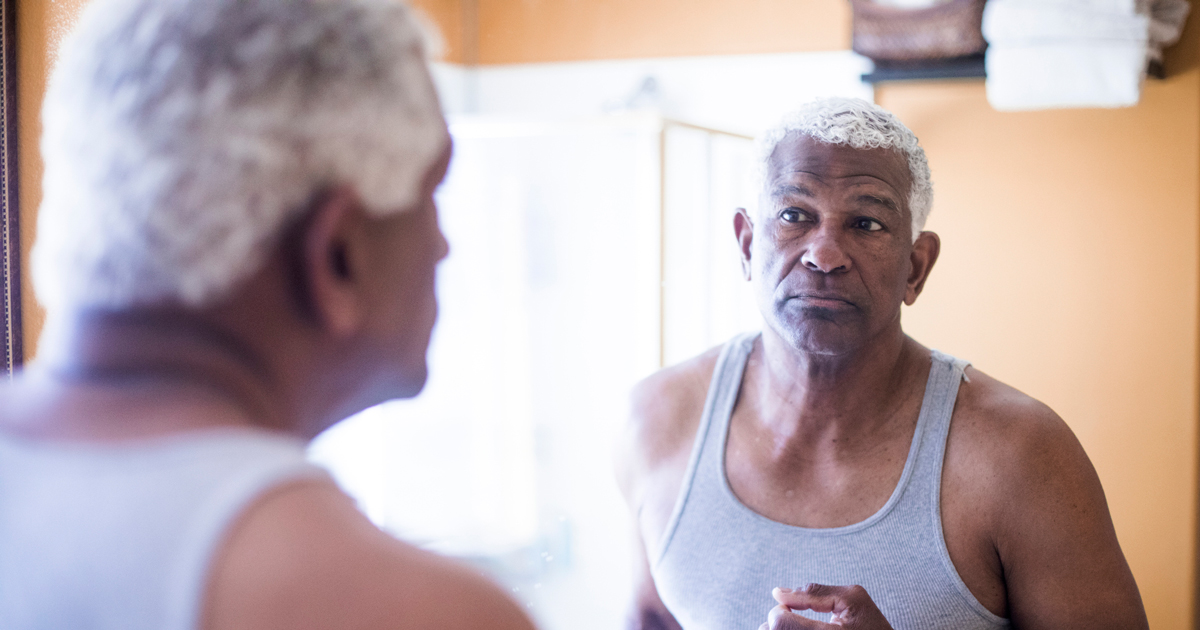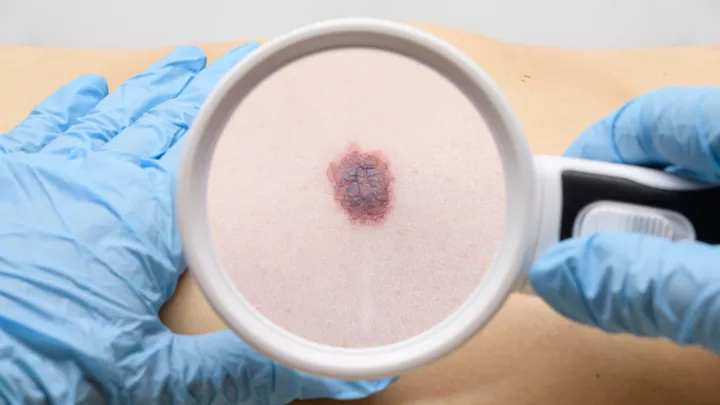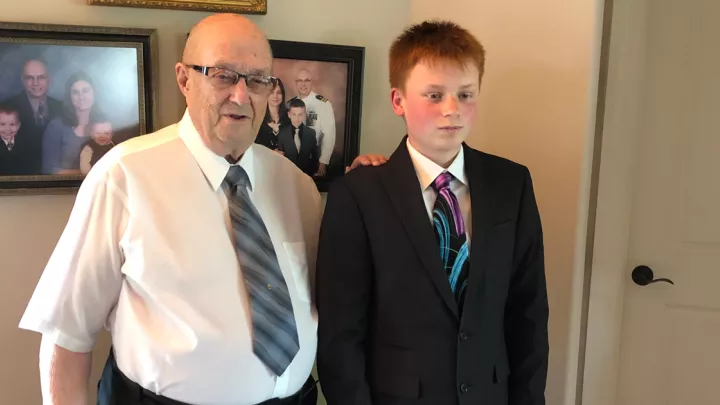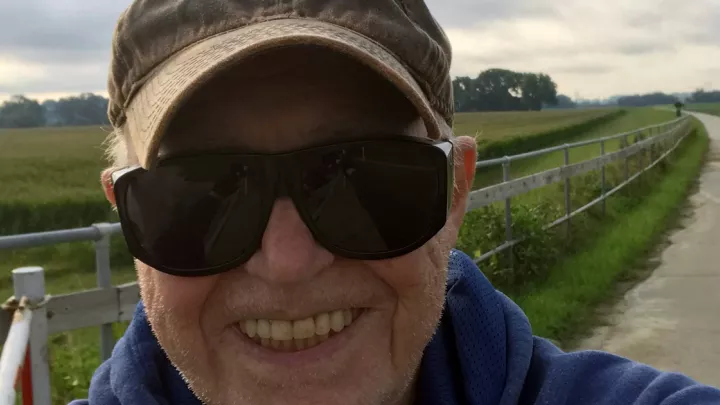You've been diagnosed with skin cancer. Now what?

Skin cancer is the most common type of cancer, but it's highly treatable. One of the more advanced treatments is Mohs surgery. Mohs surgery has the lowest recurrence rates and highest cure rates of any skin cancer treatment.
If you've been diagnosed with skin cancer, seek out the care of a Mohs surgeon.
1. Smaller, less noticeable scars
A large margin of safety is required for standard skin cancer surgery. Standard skin cancer surgery removes visible cancer plus some of the surrounding normal-looking skin.
Because the Mohs surgeon can precisely remove and map out the cancer with a narrow border of healthy skin, surgeons don't remove as much skin. Only the cancer cells are removed, and the healthy skin is preserved. This also leads to improved cure rates with Mohs surgery.
2. Same-day cancer checking
In standard surgery, the surgically removed tissue must be sent to the lab. In the lab, the edges are checked for cancerous cells. It may take days for the pathologist to get back results and inform the patient if the cancer is truly gone.
In Mohs surgery, the cancer is removed in layers, and the edges are checked in real time in the Mohs lab. After removing the first layer, the Mohs surgeon takes the tissue to the laboratory in the clinic. The tissue is processed in the lab, and the Mohs surgeon examines the all of the edges under a microscope. The Mohs surgeon can see on a microscopic level if any cancer cells remain. If there's some cancer left, the doctor returns to the patient and removes just where the cancer is remaining. This process is continued until all of the skin cancer cells are removed.
After it has been confirmed that all of the skin cancer has been removed, the Mohs surgeon evaluates the best way to reconstruct the area where the skin cancer was removed. Mohs surgeons have advanced fellowship training in skin cancer reconstruction.
3. Extremely high cure rates
Mohs surgery is the most effective treatment for many types of skin cancer, with cure rates over 98%. During Mohs surgery, the Mohs surgeon knows right away if they removed all the cancer. Often chosen for skin cancers in cosmetically sensitive areas and/or high-risk skin cancers.
Mohs surgery keeps and preserves normal tissue.
Dermatologist Adam Sutton, MD has advanced fellowship training in Mohs surgery, cutaneous oncology and skin cancer reconstruction. Dr. Sutton trained under Hubert Greenway, MD, who received his training from the inventor of Mohs surgery: Frederic Mohs, MD.
Call for an appointment today at 800.922.0000.







